|
Catherine McMillan gives top gardening tips on Felixstowe Radio. Listen on Fridays. This week Catherine and Rob talk about why trees are so great, how to choose one and discuss the basics of planting and caring for them.
0 Comments
Catherine McMillan gives top gardening tips on Felixstowe Radio. Listen on Fridays. This week Catherine and Rob dicuss the pros and cons of cutting back your plants in the autumn. Felixstowe Radio 107.5fm www.felixstoweradio.org.uk
15/9/2020 0 Comments Clearing up confusion ... pt 6
14/9/2020 0 Comments Clearing up confusion ... pt 5What’s the difference between a “prepared” Hyacinth and a “spring-flowering” Hyacinth?
The spring-flowering Hyacinths (left) do what it says on the tin. Plant them in pots and borders in the autumn, with the tops of the bulbs two-three inches below the surface, and wait for them to burst into bloom in March/April. “Prepared” means they have been heat-treated to trick them into flowering for Christmas time. Plant them in pots with their “necks” above the surface of the soil (right picture), then put them somewhere cool and dark for two-three months until you see shoots appear. At this point bring them into the warmth and light of your house where they should come into flower for December/January. 12/9/2020 0 Comments Clearing up confusion ... pt 4Think Tulips are just for one year?
Again it depends on the variety. Many of the taller Tulips will actually flower for many years - look for varieties in the Darwin or Emperor families. Others can have their flowering life extended by you digging them up every year and storing the bulbs until the autumn (this is much less effort to do with those you have grown in containers). Easier yet are the dwarf Tulips, such as ‘Pinocchio’ and 'Red Riding Hood' which reliably flower year after year. Most are of the Greigii and Kaufamanniana families. The very low growing wildflower Tulips, such as ‘Tarda’ will even increase in number over time! The best month for planting them is November but there is plenty of leeway. 10/9/2020 0 Comments Clearing up confusion ... pt 3
8/9/2020 1 Comment Clearing up confusion ... pt 2
6/9/2020 0 Comments Clearing up confusion ... pt 1There are lots of options for colour in the cooler months … but many types can cause confusion!
Clearing up confusion part 1: Pansies and Violas are unbeatable for flower power throughout the cooler months, and should be your go-to plant for pots, planters, troughs and baskets. People like to check that the plants they are buying are winter-flowering varieties rather than summer-flowering, but these days they are one and the same. The only thing that affects flowering time with modern varieties is when they are potted up! And the only real difference between Pansies (left) and Violas (right) is that the former have larger flower heads. 17/8/2020 0 Comments "May require staking"
Catherine McMillan gives top gardening tips on Felixstowe Radio. Listen every Friday. This week Catherine and Rob answers listeners' gardening conundrums. Felixstowe Radio 107.5fm www.felixstoweradio.org.uk
Catherine McMillan gives top gardening tips on Felixstowe Radio. Listen every Friday. This week Catherine and Rob discuss pruning shrubs. It can be a complicated business so make your life much easier by saving your plant labels. Felixstowe Radio 107.5fm www.felixstoweradio.org.uk
Catherine McMillan gives top gardening tips on Felixstowe Radio. Listen every Friday. This week Catherine and Rob discuss pruning cottage garden perennials. In short, once they've finished flowering chop them right down to the ground* - many will regrow and reflower in another attempt to do what they really want to do: drop seed. Show no mercy! *Exceptions apply! Felixstowe Radio 107.5fm www.felixstoweradio.org.uk
Catherine McMillan gives top gardening tips on Felixstowe Radio. Listen every Friday. This week Catherine and Rob discuss the joys of Hydrangeas, how to make their blooms change colour (or not), how to make them bloom at all, as well as telling everyone to stop picking at their Petunias, and to dust off their seeds packets. Felixstowe Radio 107.5fm www.felixstoweradio.org.uk
Catherine McMillan gives top gardening tips on Felixstowe Radio. Listen every Friday. This week Catherine and Rob end the Pelargonium/Geranium confusion, and discuss deadheading Roses. Felixstowe Radio 107.5fm www.felixstoweradio.org.uk
Keep your hanging baskets and patio pots looking fresh with some occasional deadheading.
Like many plants, the Verbenas grow their flowers in sets of three. The middle one usually finishes first so snip that out to give the two side-buds their chance to shine. If all three have gone over then snip the stem to at least half. Catherine McMillan gives top gardening tips on Felixstowe Radio. Listen every Friday. This week Catherine and Rob discuss how to make a wildlife pond and the benefits of having one, namely that they attract lots of nice creatures that eat the creatures gardeners aren't so keen on! Felixstowe Radio 107.5fm www.felixstoweradio.org.uk
17/6/2020 0 Comments Pruning BuxusWho remembered to do their Derby Day box clip? Not us! Traditionally, box topiary and hedging plants (Buxus sempervirens) are clipped on the same day as the Epsom Derby in early June. This is because it is (in theory) the furthest point from any frosts, meaning the plants have the longest possible time to heal up and toughen up after their trim.
No Derby Day this year to help remind us, but we have at least got it done in the right month. Avoid the temptation to regularly cut your Buxus as this is thought to make them more prone to the dreaded 'Box Blight'. If your plants are particularly unhealthy or misshapen they will survive a hard hack, although expect to wait a while for them to regrow. A very nice alternative to box is the Pittosporum Beach Ball (right), which naturally grows into a dense 4ft ball shape without any clipping. 15/6/2020 0 Comments Pruning evergreen EuphorbiaOnce the blooms on your evergreen Euphorbias have lost their fabulous lime green colouring get out there and give them a prune. Probably a job for the secateurs rather than the scissors, and make sure you wear gloves and cover your arms as the milky sap they release can irritate the skin.
Cut down the flower spikes as low down as you can go. If you have lots of wild, wiry old growth – and you don’t like the look of this – you can also cut down non-flowering stems hard too. If your plant has nothing but old growth it is a good idea to leave a few old stems with leaves as an insurance policy. Your pruning should stimulate fresh, young growth from the base: once this happens you can cut off the last of the old stems. In these pictures all the non-flowering growth has been left uncut. Catherine McMillan gives top gardening tips on Felixstowe Radio. Listen every Friday. This week Catherine and Rob discuss how and where to plant climbers, how to train them, how to use them around the garden, and settle the debate on how to pronounce 'Clematis'. Felixstowe Radio 107.5fm www.felixstoweradio.org.uk
10/6/2020 0 Comments Pruning Geums
8/6/2020 0 Comments Pruning PulmonariaAnother ‘bridge the gap’ plant due its annual haircut is the Pulmonaria. Common name is the very unappealing sounding Lungwort, but it is a very pretty ground cover plant that, like Aquilegia, will grown in sun or shade, and provides vital early pollen for the bees.
Although you might be able to see young leaves in the centre it is still worth chopping these back as well as their replacements will look nicer for longer. 5/6/2020 0 Comments Radio chat with Rob DungerCatherine McMillan gives top gardening tips on Felixstowe Radio. Listen every Friday. This week she covers the zen approach to dealing with caterpillars on your Verbascums; how to lure slugs and snails; and the benefits of having a water butt. Felixstowe Radio 107.5fm www.felixstoweradio.org.uk
3/6/2020 0 Comments Pruning AquilegiaWe are now into the main flowering season for perennial plants, which means you can take the snippers to those much-appreciated plants that bridged the gap from bulb season to now.
Aquilegia, also known as Granny’s Bonnet and Columbine, provides flowers in all sorts of colours in late spring, but it is likely yours is now running out of blooms. They are good self-seeders, so leave them for now if you are keen to bulk up your collection – although note the seedlings often don’t have the same colour flowers as their parents. If you are keen for a tidy up, be bold and chop the old leaves as well as the stems as this will stimulate fresh new growth. The picture on the far right is one cut back hard a few weeks earlier! 30/5/2020 0 Comments Pruning shrubby wallflowersErysimums, aka shrubby wallflowers, bloom throughout most of the year. But if the first flush of flowers on yours is starting to look tatty, get out there with the secateurs. There are two pruning techniques depending on the variety, so make sure you pick the right one!
The larger evergreen ones, including Bowles Mauve and variegated Stars n Stripes should just have all the old flower stems cut out – if you look at the base of the flower spikes you will almost certainly see new buds forming, and that is where you want to cut to. If you cut too much into the leafy branches you run the risk of killing the plant. The smaller, softer Pastel Patchwork and orange-flowering Apricot Twist get a much harder chop – all the flowers and all the leafy stems cut back to just a few inches from the ground. Don’t be tempted to leave too much, as you will just end up with scruffy regrowth. You might need to give your Erysimums another prune later in the summer, which will give you flowers into October, November or maybe even longer! |
Gardening advice by Catherine McMillanOrder your copy of Gardening for the Uncommitted: What You Really Need to Know, When You Don't Really Want to Know: available from Amazon.co.uk on paperback, eBook and KindleUnlimited. Don't forget to leave a review! Archives
November 2020
Categories |
||||||||||||||||||||||||||||||||||||||||||||||||||||||||||||||||||||||||||||||||||||||||||||||||||||||||||||||||||||||||||||||||||||||||||||
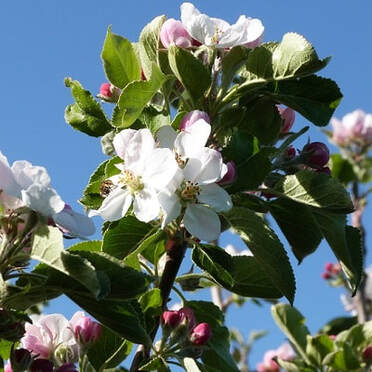

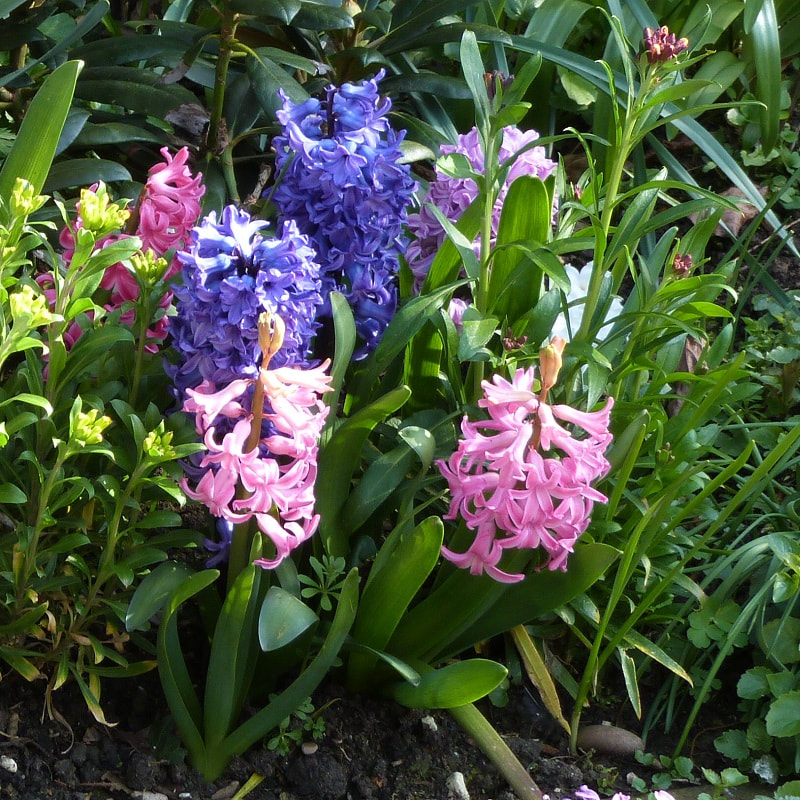


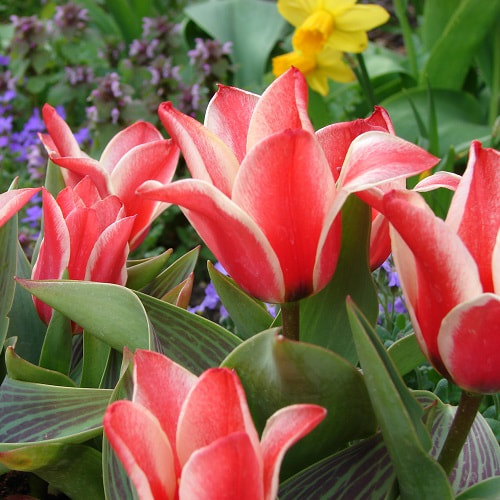
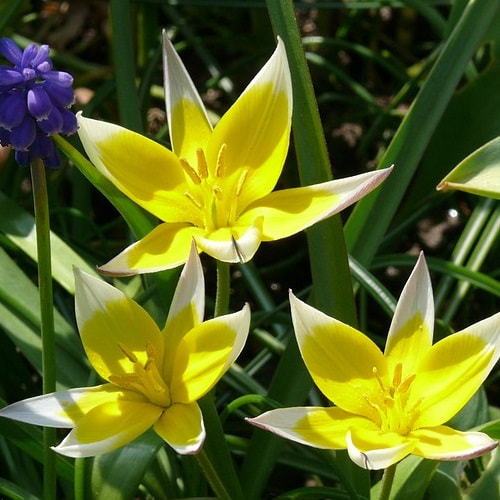
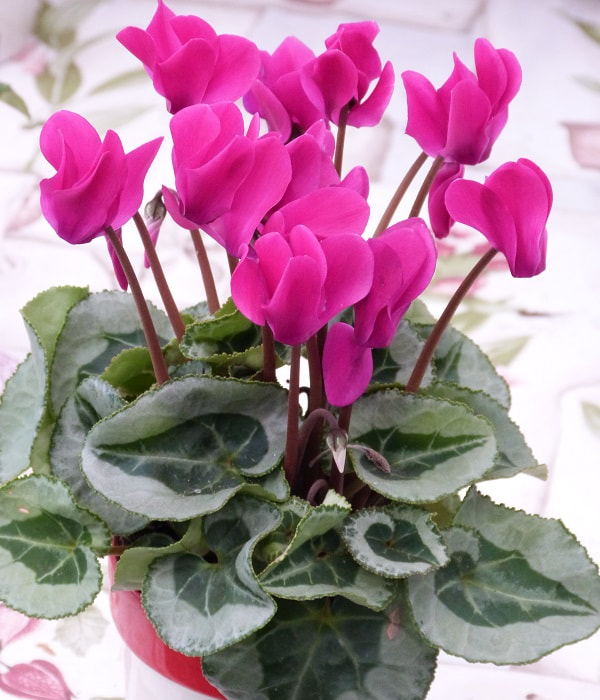
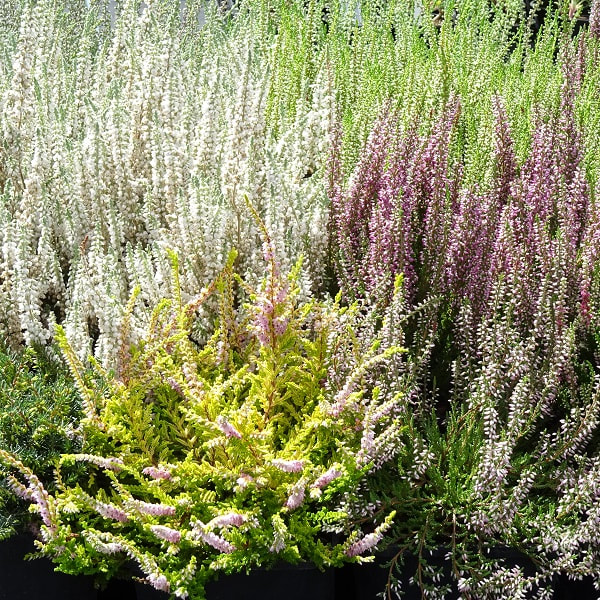





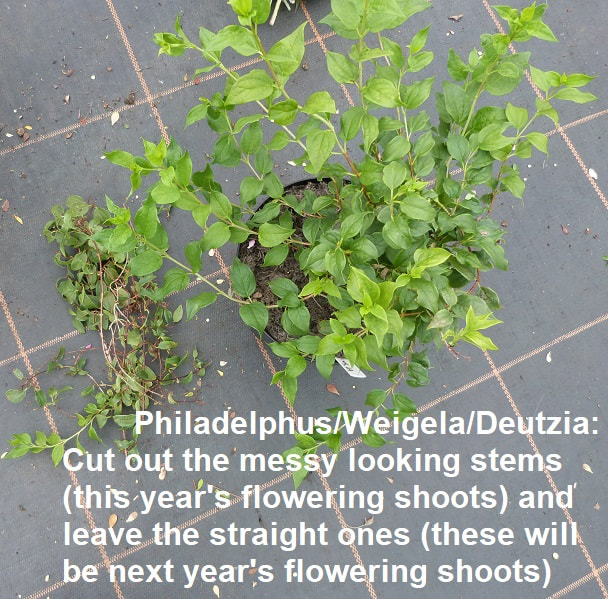


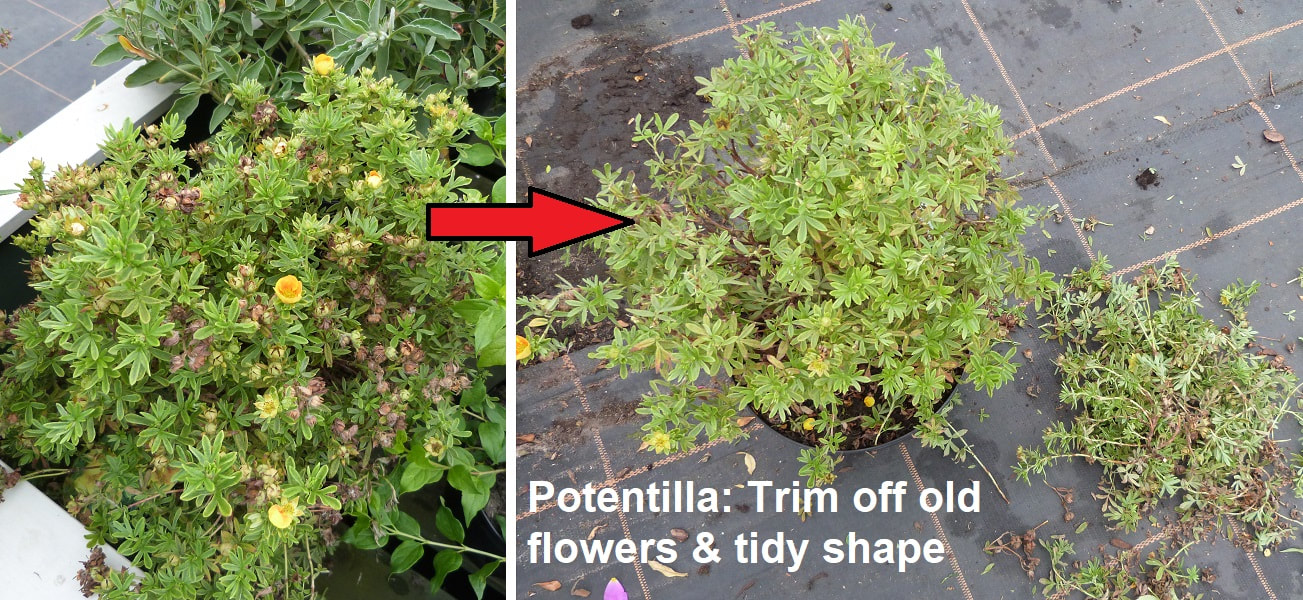
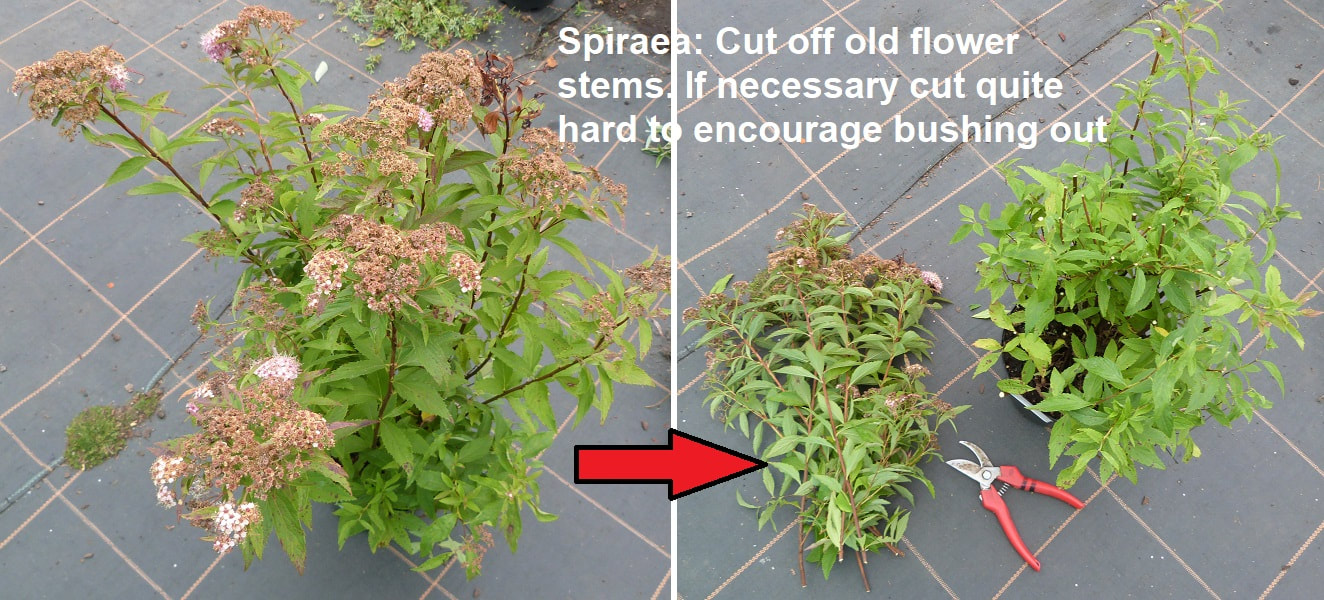
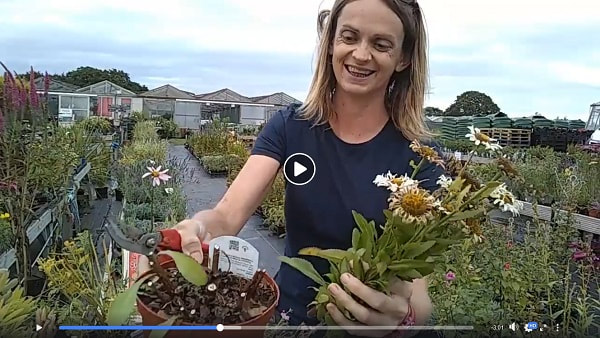




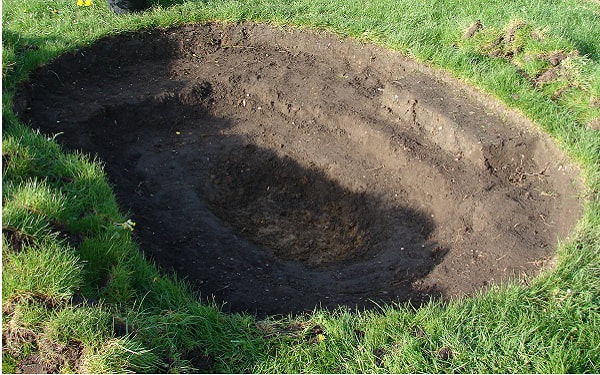

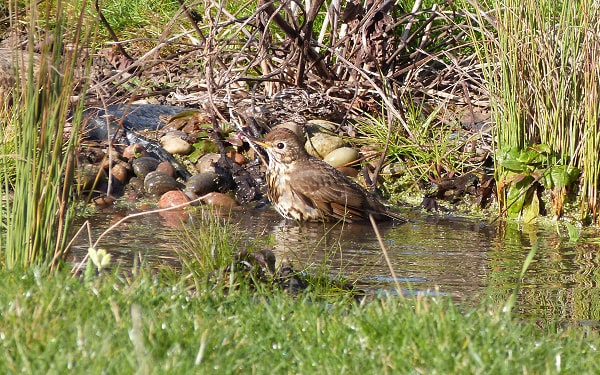

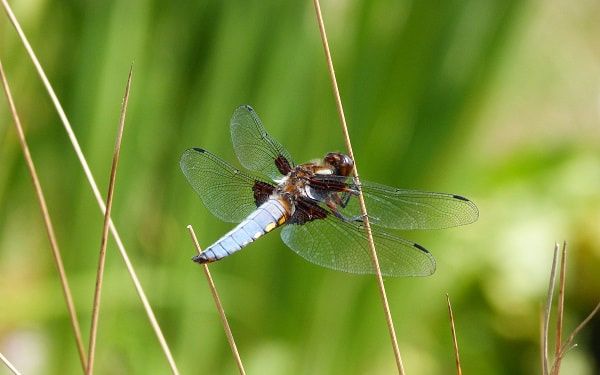
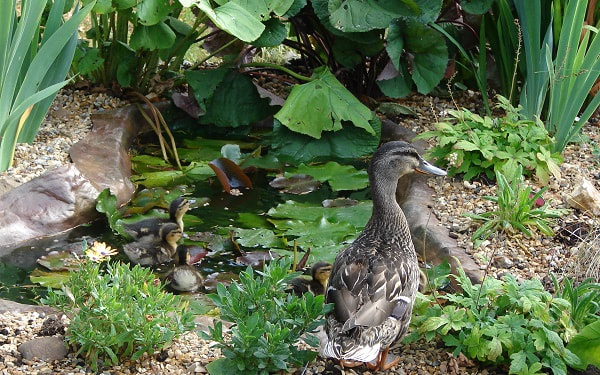
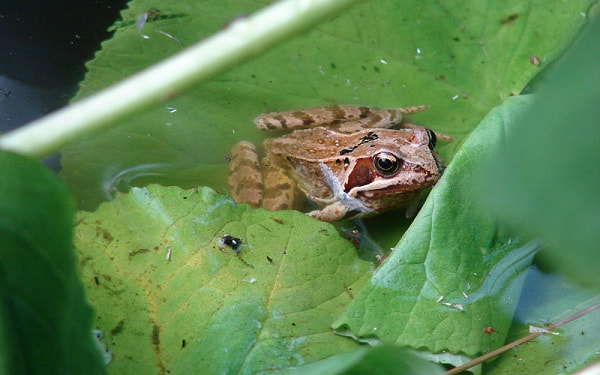

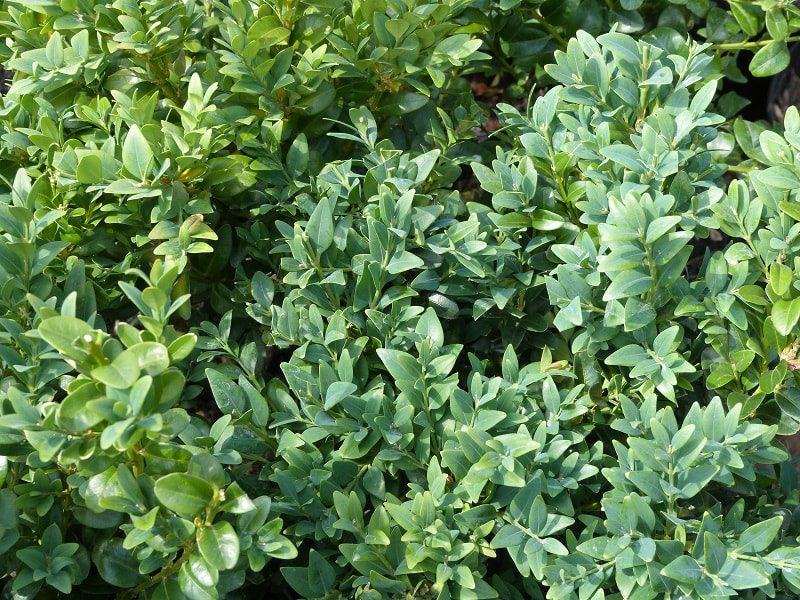



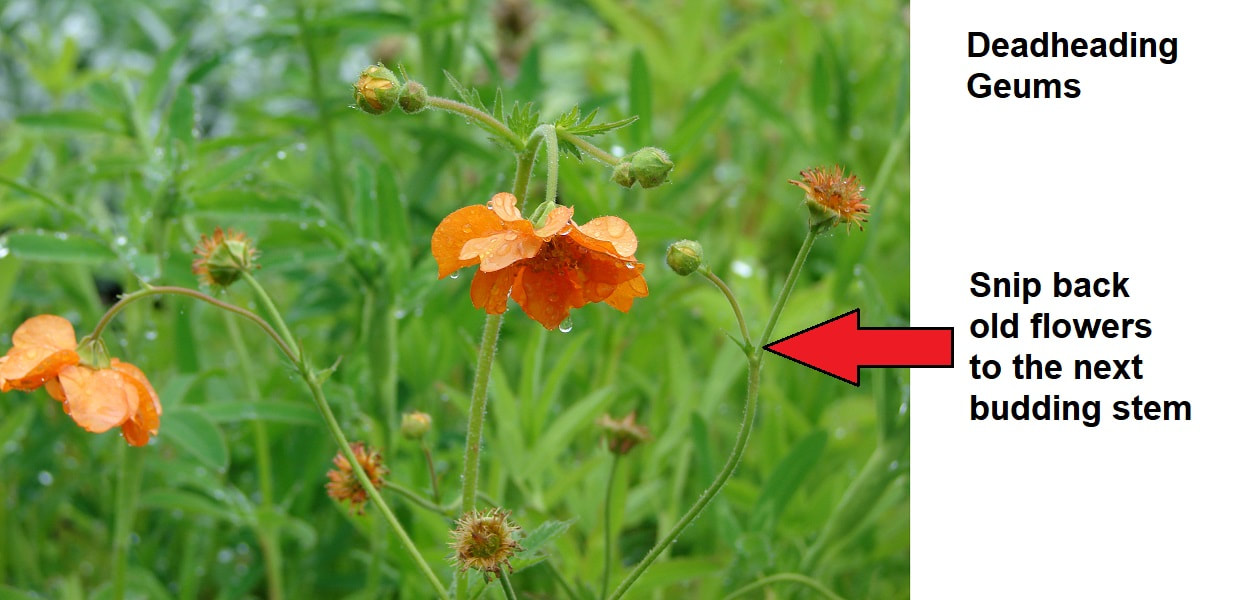
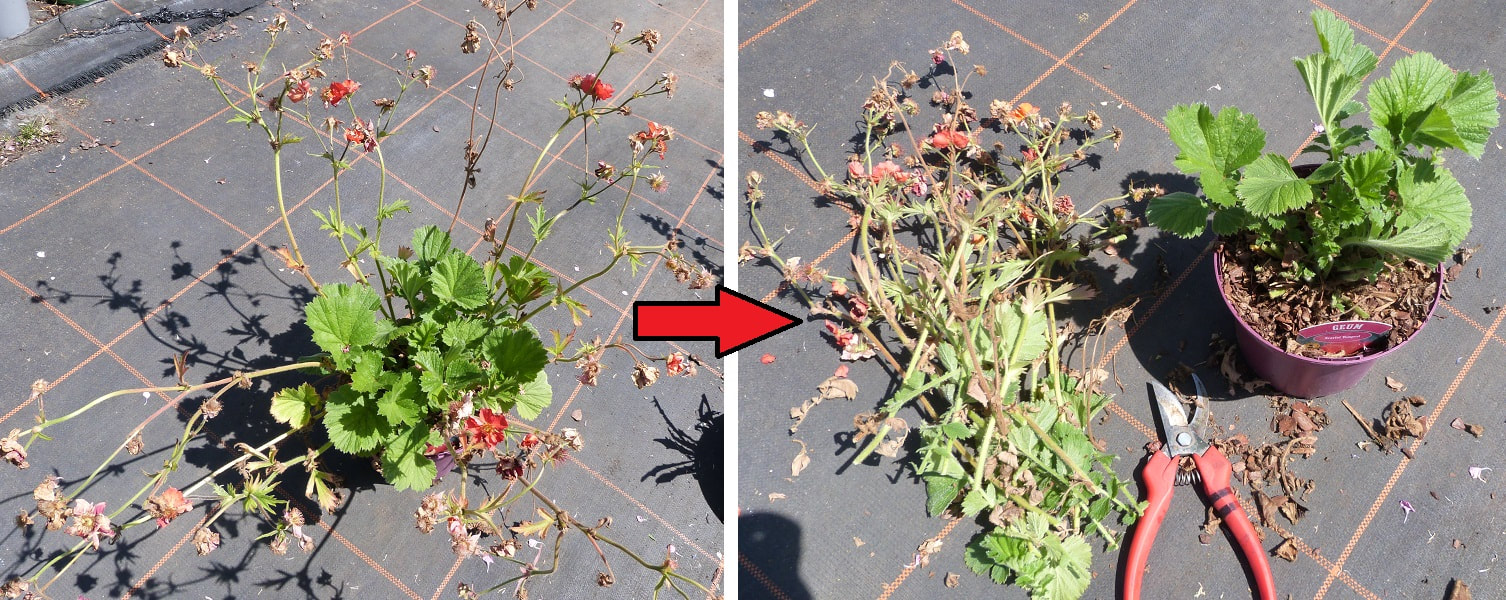
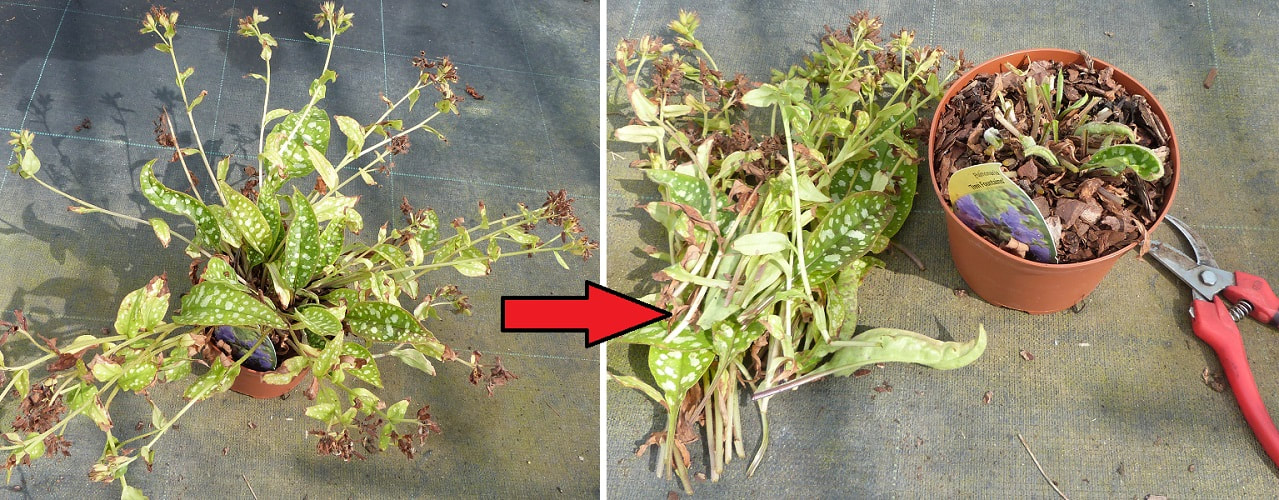
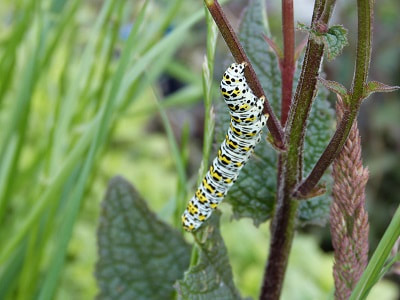



 RSS Feed
RSS Feed
